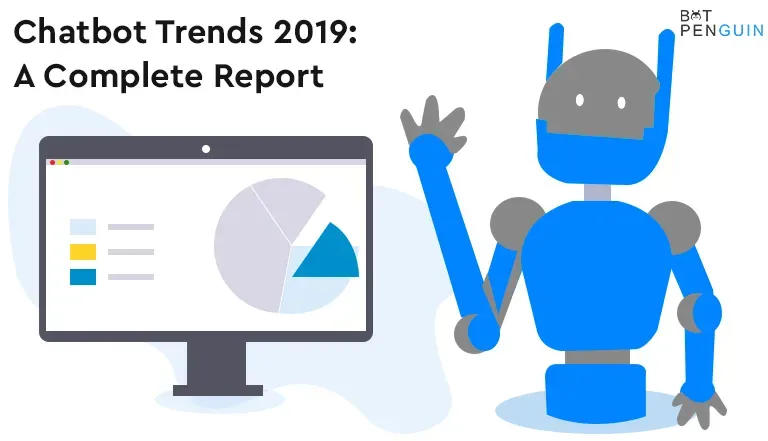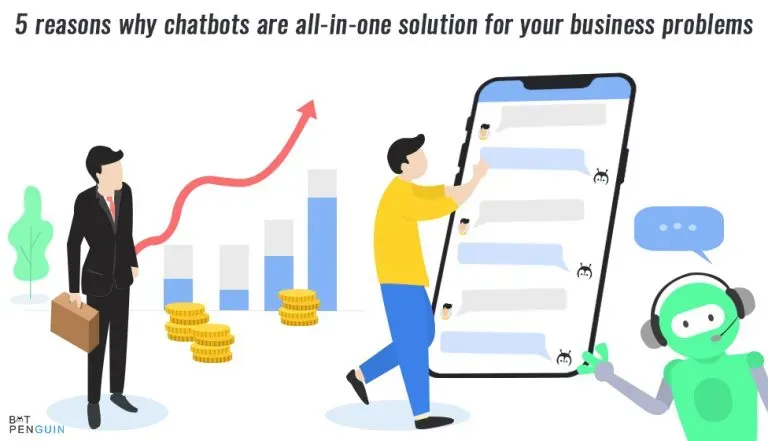Are you curious about the latest advancements in natural language processing? With the release of ChatGPT 4, the world of NLP (Natural Language Processing) has leaped forward.
With improved language understanding and more engaging conversational experiences, ChatGPT 4 is packed with exciting new features. Are you ready to explore the differences between ChatGPT 3 and ChatGPT 4 and discover the advantages of the latest iteration? Let's get started!
What is ChatGPT?
ChatGPT is an AI language model that utilizes NLP (Natural Language Processing) to generate human-like text responses to prompts. It is a neural network-based model trained on vast text data. The model is pre-trained on a large corpus of text data and can be fine-tuned on specific data sets. ChatGPT is widely used in chatbots, content creation, and language translation.
Differences between ChatGPT 4 and ChatGPT 3
Here are the critical differences between ChatGPT 4 and ChatGPT 3
1. Improved Performance:
ChatGPT 4 offers improved performance over its predecessor. The updated transformer architecture and larger dataset make ChatGPT 4 more efficient in processing and understanding text, resulting in more coherent and human-like responses.
2. Greater Knowledge Base:
ChatGPT 4 has a more significant knowledge base than ChatGPT 3. The model has been trained on a more extensive text dataset, including various domains, resulting in a broader understanding of language and a more comprehensive knowledge base.
3. Customization:
ChatGPT 4 offers more fantastic customization options than ChatGPT 3. Users can fine-tune the model for specific tasks, such as customer service or sales, and customize the responses to fit their brand voice and tone.
4. Increased Efficiency:
ChatGPT 4 is more efficient than ChatGPT 3. The model can generate responses faster, making it more suitable for real-time applications such as chatbots and virtual assistants.
5. Larger Model Size:
ChatGPT 4 has a larger model size than ChatGPT 3. The ChatGPT 4 model has over 343 billion parameters, compared to ChatGPT 3's 175 billion parameters.
This makes ChatGPT 4 more suitable for on-device deployment with limited resources.
ChatGPT 4 offers improved performance, a more significant knowledge base, customization options, increased efficiency, and a more suitable model size for on-device deployment. These differences make ChatGPT 4 a more capable and versatile language model than its predecessor.
Advantages of ChatGPT 4
The advantages of ChatGPT 4 include improved performance, a more significant knowledge base, customization, and increased efficiency.
1 Improved Performance
ChatGPT 4's improved performance is due to its updated transformer architecture. The architecture has been optimized to better understand the text's context and semantics, resulting in more coherent and human-like responses. ChatGPT 4's performance has been tested on various benchmark datasets and consistently outperformed its predecessor, ChatGPT 3.
2 Greater Knowledge Base
ChatGPT 4 has been trained on a more extensive and diverse dataset than ChatGPT 3. The dataset includes various sources such as web pages, books, and social media posts. ChatGPT 4 has a broader knowledge base and can generate more accurate and diverse responses to user prompts. ChatGPT 4 has also been trained in various domains, making it more versatile and capable of handling different conversations.
3 Customization
ChatGPT 4 offers more customization options than ChatGPT 3. Developers can fine-tune the model for specific use cases and customize the responses to fit their brand voice and tone. This means the model can be trained on smaller datasets and still achieve high accuracy. Additionally, the customization options in ChatGPT 4 enable developers to improve the model's performance over time by fine-tuning it based on user feedback and performance metrics.
4 Increased Efficiency
The updated transformer architecture of ChatGPT 4 makes it more efficient in processing and understanding text. This results in faster response times, crucial for real-time applications such as chatbots and virtual assistants. ChatGPT 4's increased efficiency makes it more suitable for on-device deployment, where resources are limited.
Implementation of ChatGPT 4
Implementing ChatGPT 4 involves several steps:
Step 1: Preparing the Data Set
The first step in implementing ChatGPT 4 is to prepare the dataset. The dataset should be preprocessed and cleaned to remove any noise or irrelevant information. The dataset should be diverse and large enough to ensure the model has a robust knowledge base.
Step 2: Fine-tuning the Model
The next step is to fine-tune the model on the prepared dataset. The fine-tuning process involves training the model on the specific dataset to improve its accuracy and performance. The fine-tuning process can be done using transfer learning, where the pre-trained model is used as a starting point.
Step 3: Integration with API
Once the model has been fine-tuned, it can be integrated with an API for deployment. The API can connect the model to various applications and services. This will enable the model to respond to user prompts.
Step 4: Testing and Evaluation
After the model has been deployed, it should be tested and evaluated to ensure that it generates accurate and coherent responses. Testing and evaluation can be done using various metrics, such as perplexity, BLEU score, and human evaluation.
Step 5: Fine-tuning and Iteration
The final step is to continue fine-tuning the model and iterating based on user feedback and performance metrics. Fine-tuning and iteration are crucial for improving the accuracy and performance of the model over time.
TL;DR
ChatGPT 4 is an updated version of the ChatGPT language model that offers improved performance, a fantastic knowledge base, customization, and increased efficiency. The updated transformer architecture and larger dataset make ChatGPT 4 more efficient in processing and understanding text, resulting in more coherent and human-like responses. Implementing ChatGPT 4 involves preparing the dataset, fine-tuning the model, integrating it with an API, testing and evaluating, and continuing fine-tuning and iteration. By utilizing the capabilities of ChatGPT 4, businesses can improve their customer experience and increase their efficiency.
While both these evolutions are remarkable, you can join the AI revolution truly, only with BotPenguin’s integration with ChatGPT. Check it out today, and ride on the wave of growth and automation.



